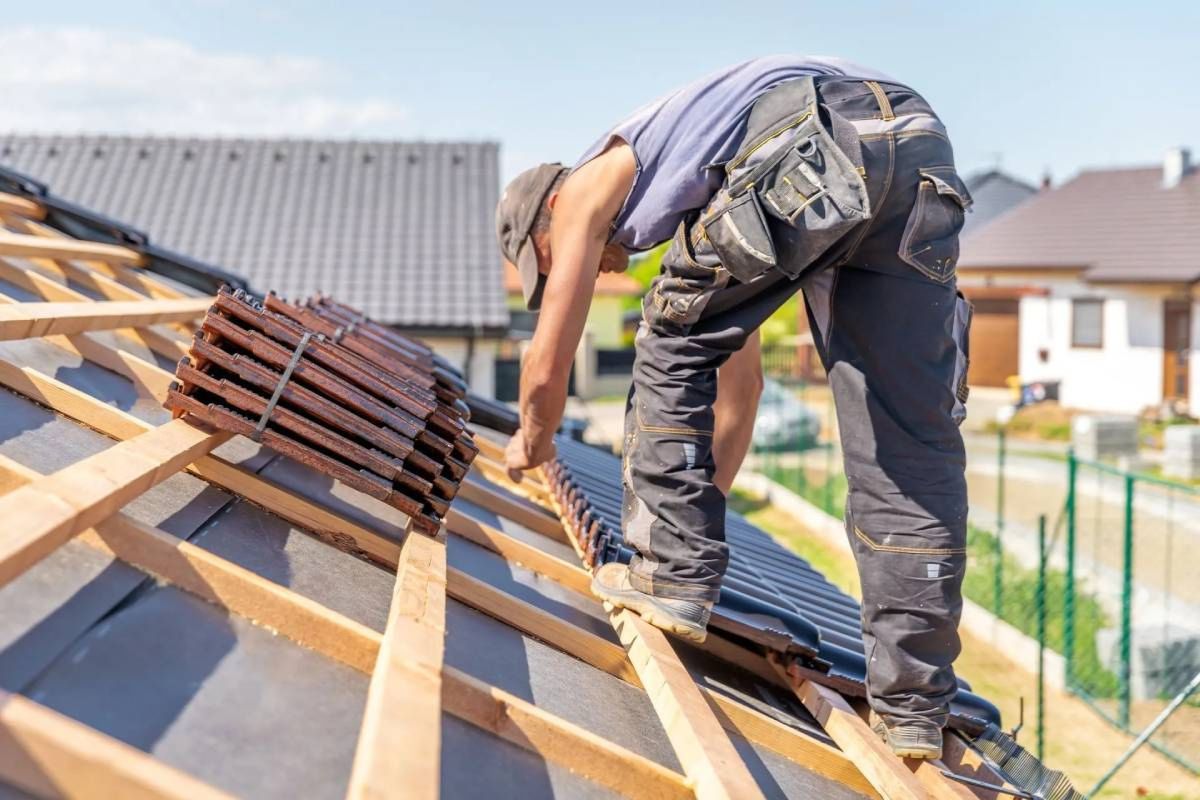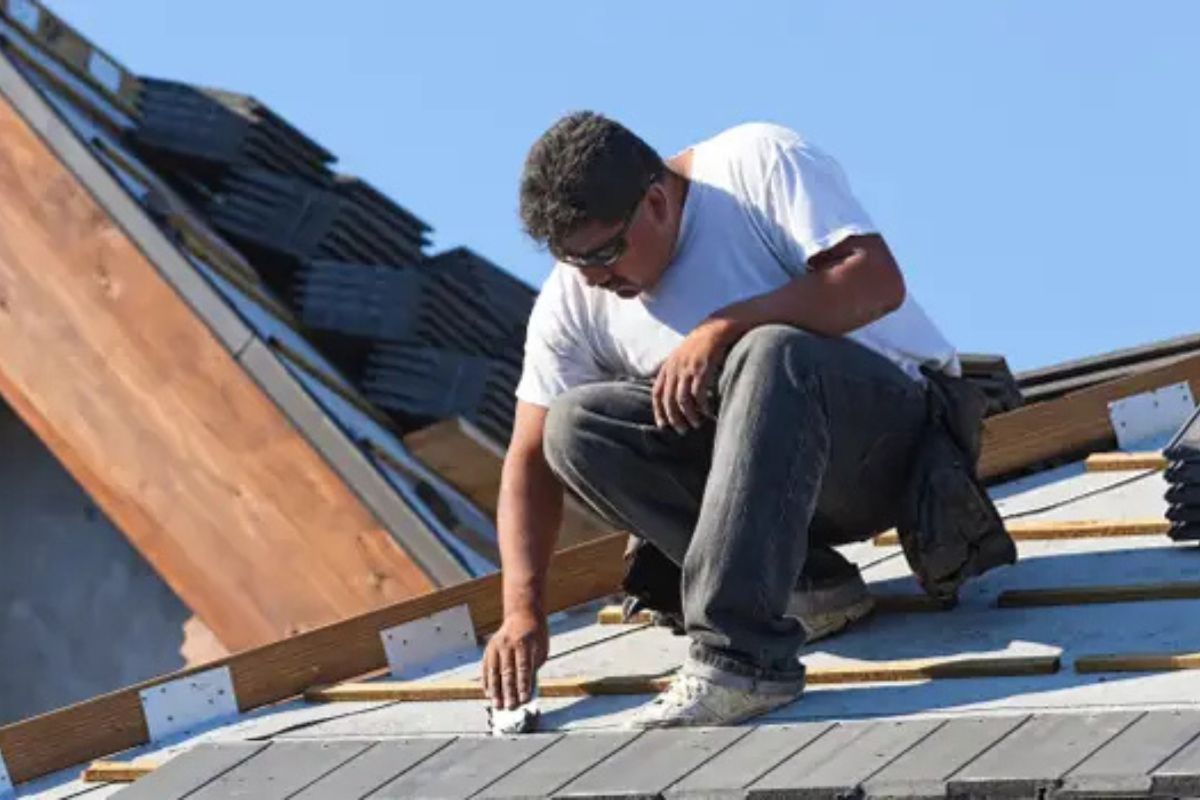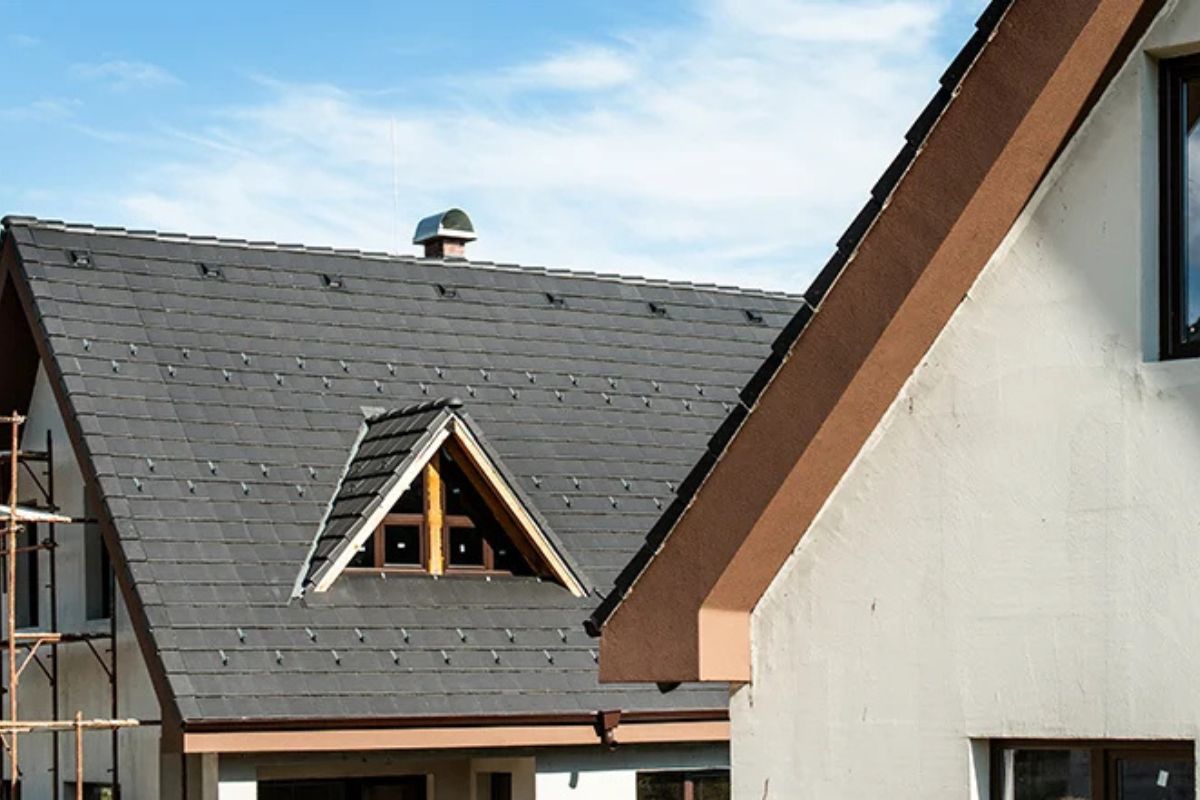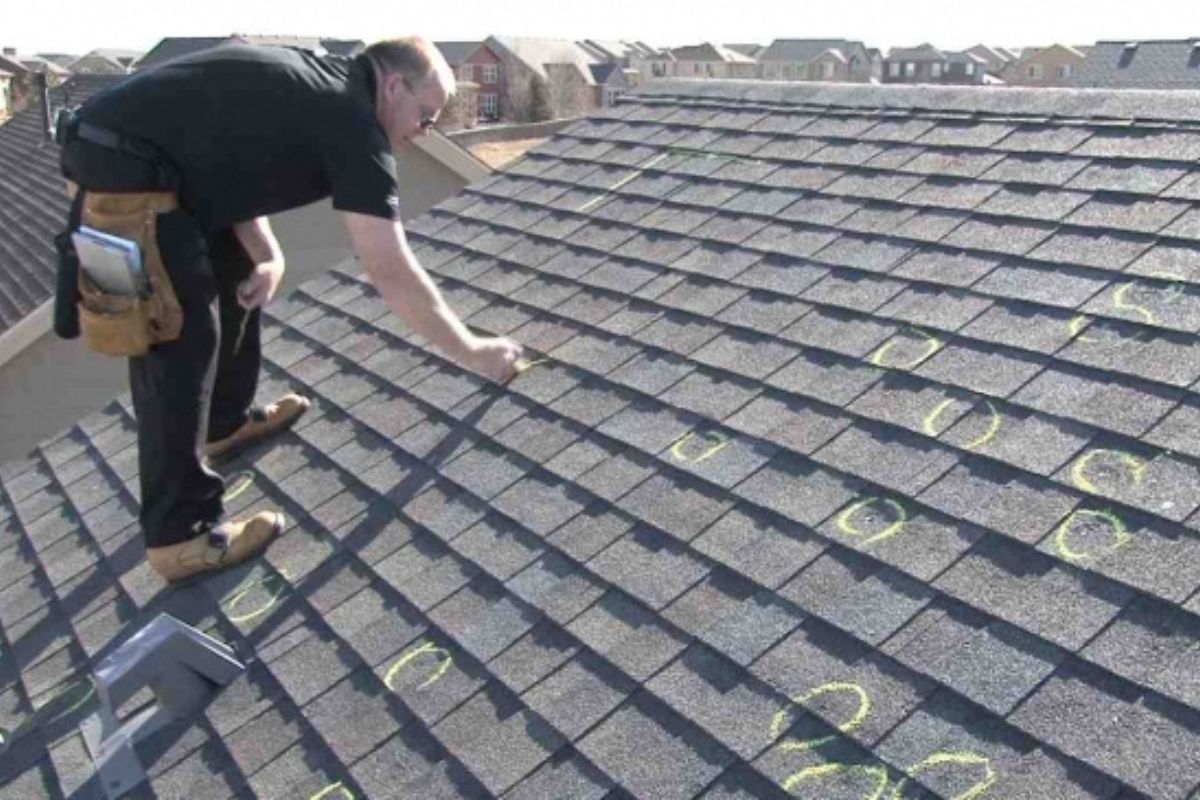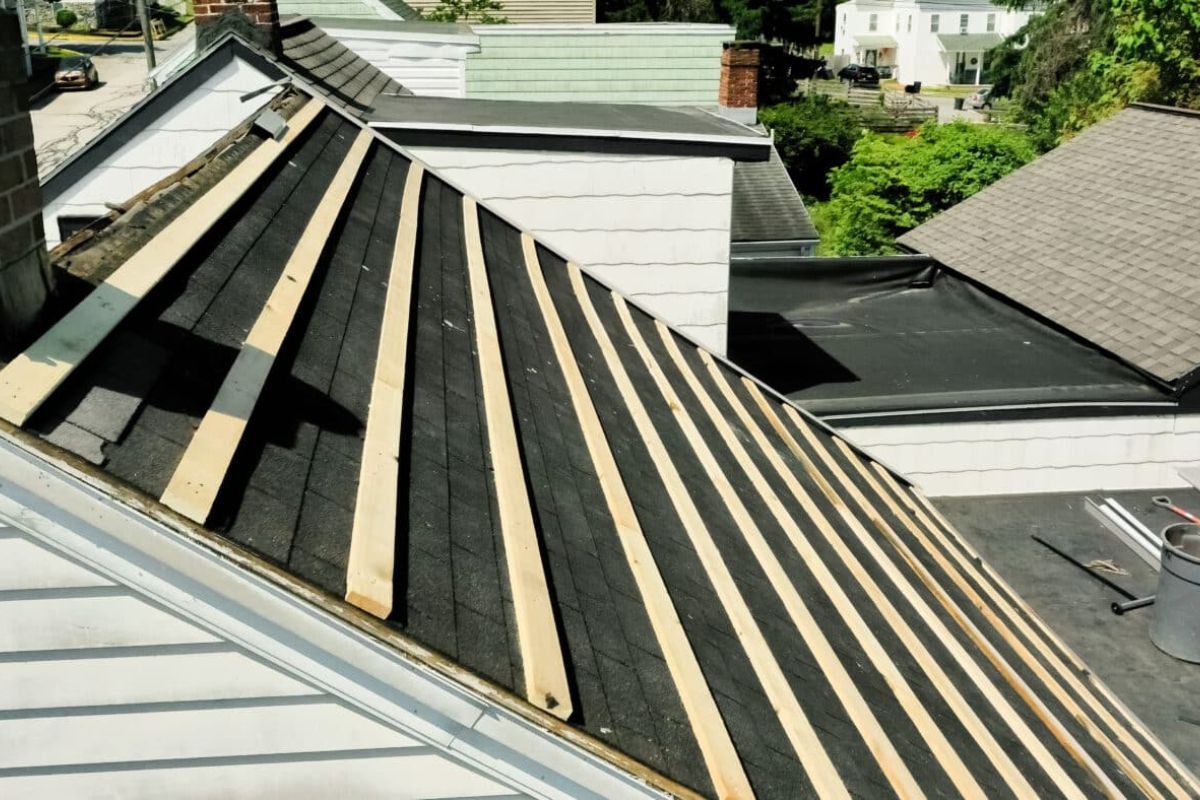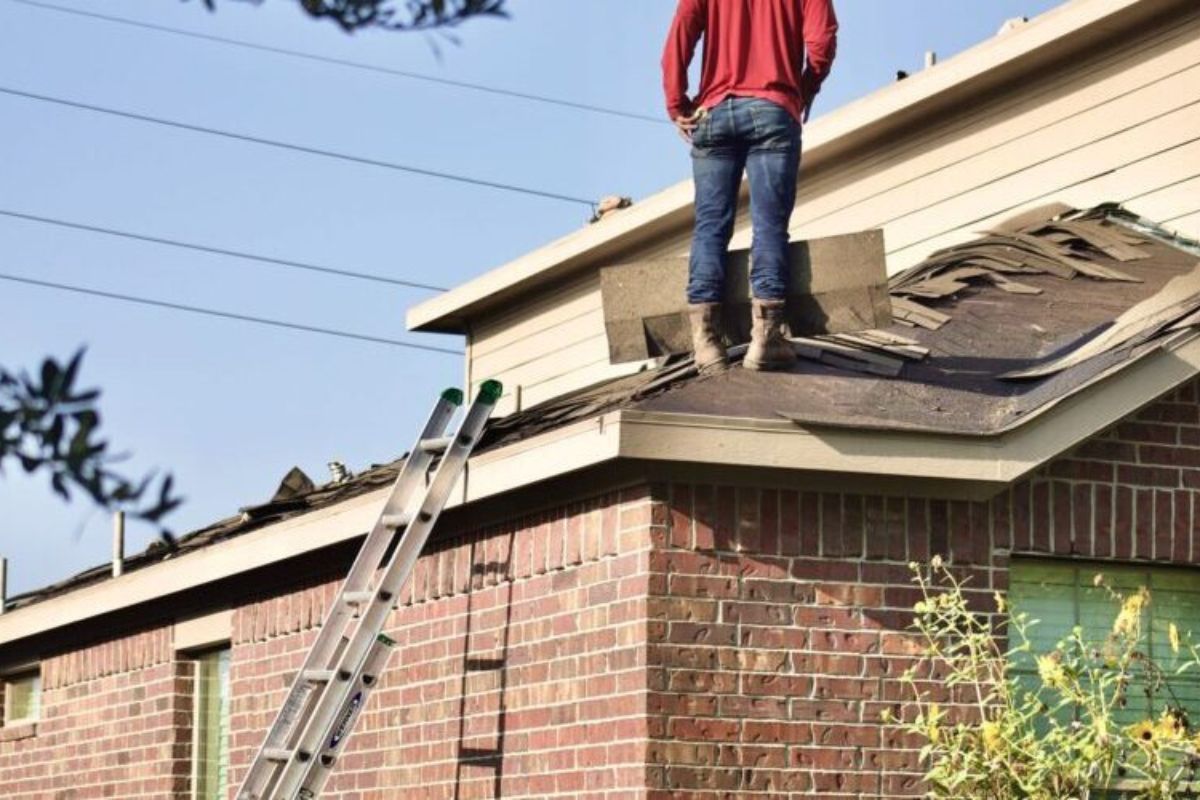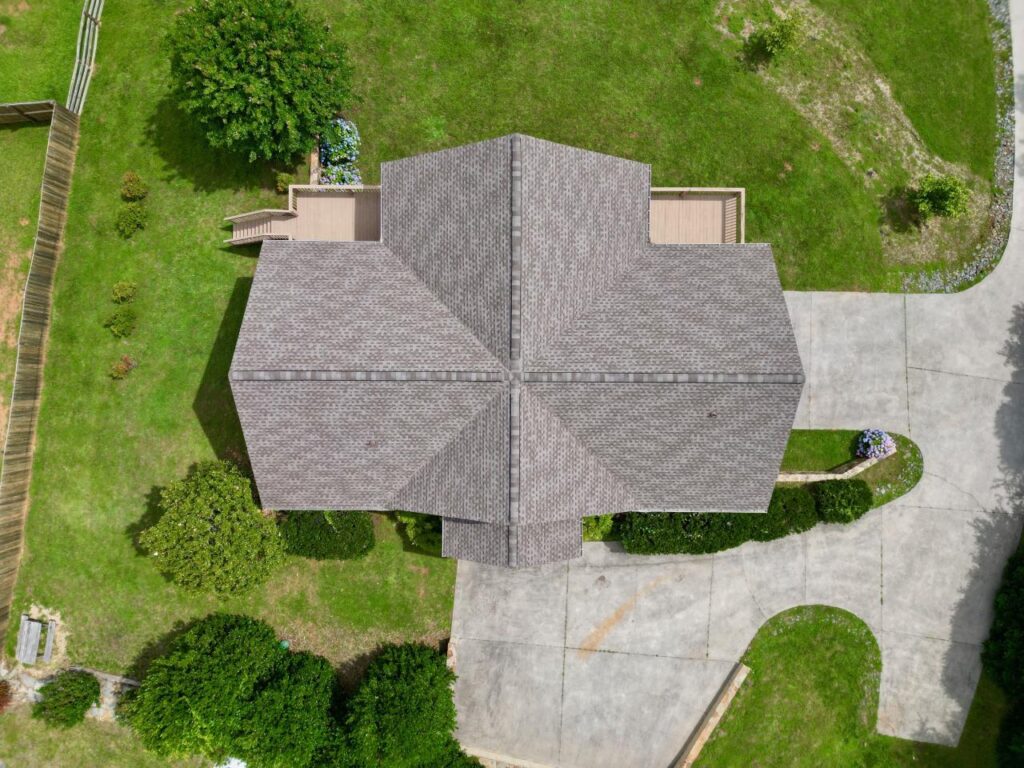Winter is the cheapest time to replace a roof. Winter brings the lowest demand for roofing contractors, creating competitive pricing and better availability for homeowners seeking cost-effective roof replacement solutions.
What Makes Winter the Most Affordable Season for Roof Replacement?
Winter offers the lowest roof replacement costs due to reduced industry demand. Roofing contractors experience their slowest business period during winter months, leading to competitive pricing and increased schedule availability for homeowners.
The roofing industry follows predictable seasonal patterns. Spring and summer create peak demand as homeowners rush to complete projects during favorable weather. Fall generates moderate demand as property owners prepare for winter weather. Winter represents the slowest period, creating opportunities for significant cost savings.
Roofing companies compete for fewer projects during winter months. This competition drives down labor costs and creates opportunities for homeowner savings. Many contractors offer substantial discounts to fill their schedules during slower periods. Professional roofing companies like those handling residential roof replacement projects understand these seasonal dynamics and pass savings to homeowners.
Winter also brings surplus roofing materials as manufacturers prepare inventory for busy seasons. This surplus creates better pricing and expanded material choices for homeowners. Suppliers often reduce prices to clear inventory, creating additional savings opportunities beyond labor cost reductions.
How Much Money Can You Save with Winter Roof Replacement?
Winter roof replacement typically saves homeowners 10-20% compared to peak season pricing. These savings come from lower labor costs, material discounts, and reduced contractor demand across the roofing industry.
The average roof replacement cost ranges from $8,900 to $29,500, depending on home size, materials, and location. Winter timing can reduce these costs by $1,000 to $5,000 for typical residential projects. Labor represents 60-70% of total project costs, making seasonal labor price variations particularly significant for overall savings.
Material costs also fluctuate seasonally. Winter purchases often save 5-15% on shingles, underlayment, and other roofing materials. Manufacturers increase prices multiple times per year, typically in spring and fall. Winter contracts lock in lower pricing before these increases take effect.
Beyond immediate savings, winter roof replacement provides energy efficiency improvements for the following winter season. New roofs installed during winter settle properly before spring weather arrives. This timing allows adequate curing time for adhesives and sealants, improving long-term performance and durability.
What Are the Technical Challenges of Winter Roof Replacement?
Cold temperatures create installation challenges that experienced contractors can overcome using specialized techniques. The main technical issues include shingle brittleness, adhesive performance, and safety concerns during installation.
Asphalt shingles work best between 40-85 degrees Fahrenheit. Below 40 degrees, shingles become brittle and prone to cracking during handling and installation. Professional contractors address this challenge by storing materials in heated spaces and using specialized handling techniques. Many contractors maintain heated storage facilities specifically for winter projects.
Shingle adhesive strips require warm temperatures to activate properly. Cold weather prevents immediate sealing, leaving newly installed shingles vulnerable to wind damage until temperatures rise. Experienced contractors use manual sealing techniques and specialized cold-weather adhesives to address this issue. These additional steps increase installation time but maintain quality standards.
Safety considerations multiply during winter roof replacement. Ice and frost create slippery surfaces that require additional safety equipment and procedures. Shorter daylight hours limit productive working time. Professional contractors invest in specialized safety equipment and adjust work schedules to maintain safety standards during winter projects.
Which Season Offers the Best Value for Different Roof Replacement Situations?
Choose winter for maximum savings when your roof is stable but aging and replacement can be planned in advance. Other seasons work better for emergency repairs, urgent replacements, or specific timing requirements.
Winter replacement works best for homeowners with roofs approaching 15-20 years of age showing early signs of wear. These roofs remain functional but benefit from proactive replacement before major problems develop. Planning winter replacement avoids emergency pricing and allows time for proper contractor selection and project planning.
Spring offers moderate pricing with improved weather conditions. Spring timing works well for homeowners balancing cost concerns with installation convenience. However, spring weather remains unpredictable, and rain delays can extend project timelines significantly.
Summer represents peak season with highest pricing and longest wait times. Summer timing suits homeowners prioritizing installation convenience over cost savings. Many contractors book summer projects months in advance, limiting flexibility for urgent replacement needs.
Fall provides excellent installation conditions but commands premium pricing due to high demand. Many homeowners choose fall timing to prepare for winter weather, creating competition for contractor availability. Projects like cumming roof replacement often occur during fall months as homeowners prepare for winter.
How Do Cold Weather Conditions Affect Professional Roof Installation Quality?
Modern roofing technology allows quality winter installations when contractors use proper techniques and materials. Experienced contractors employ specialized methods to maintain installation quality despite challenging weather conditions.
Cold-weather shingles remain flexible at lower temperatures compared to standard products. These specialized shingles cost slightly more but prevent installation problems associated with brittle materials. Many manufacturers now produce shingles specifically designed for cold-weather installation, expanding winter installation options.
Specialized adhesives work effectively in cold temperatures. These products activate at lower temperatures than standard adhesives, providing immediate sealing capability. Professional contractors stock multiple adhesive types to match specific weather conditions and project requirements.
Proper material preparation prevents installation problems. Contractors store shingles in heated spaces until installation begins. This preparation keeps materials pliable and reduces breakage during handling. Some contractors use warming techniques on-site to maintain material flexibility throughout installation.
Weather monitoring becomes critical during winter projects. Professional contractors track weather forecasts closely and adjust work schedules accordingly. This planning prevents installation during unsuitable conditions while maximizing productive working time.
What Should You Expect During Winter Roof Installation Projects?
Winter roof projects typically take 25-50% longer than summer installations due to weather conditions and safety requirements. Extended timelines allow for proper installation techniques, safety measures, and weather-related delays.
Project duration depends on weather patterns, roof complexity, and contractor experience. Simple roof replacements might extend from 2-3 days to 4-5 days during winter. Complex projects with multiple roof planes or architectural features require proportionally longer timelines.
Weather delays occur more frequently during winter projects. Snow, ice, and freezing temperatures halt work until conditions improve. Professional contractors build weather contingencies into project schedules and communicate delay possibilities upfront with homeowners.
Daily working hours decrease during winter months. Shorter daylight hours and cold temperatures limit productive working time. Contractors often start later and finish earlier than summer schedules, extending overall project duration.
Quality control measures increase during winter installations. Contractors perform additional inspections and use specialized techniques to verify proper installation. These measures add time but maintain quality standards despite challenging conditions. Companies specializing in lawrenceville roof replacement understand these winter installation requirements.
How Do Regional Climate Differences Impact Winter Roof Replacement Feasibility?
Regional climate variations significantly impact winter roofing feasibility, with milder climates offering more working days and better installation conditions. Understanding local climate patterns helps homeowners plan realistic project timelines and expectations.
Southern states provide more winter working days due to milder temperatures and less precipitation. States like Georgia, Alabama, and South Carolina often have extended periods suitable for roof installation throughout winter months. These regions offer the best combination of winter cost savings and installation feasibility.
Northern states face greater winter installation challenges due to extended periods of freezing temperatures and snow cover. However, experienced contractors in these regions develop specialized techniques for cold-weather installation. Many northern contractors focus on interior work during the coldest months and resume roofing during brief warm periods.
Coastal areas experience variable weather patterns with frequent temperature fluctuations. These regions require flexible scheduling and experienced contractors who can adapt to changing conditions quickly. Coastal contractors often maintain heated storage facilities and specialized equipment for winter projects.
Mountain regions present unique challenges with extreme temperature variations and unpredictable weather patterns. High-altitude installations require specialized techniques and materials designed for extreme conditions. Contractors in these areas typically limit winter work to urgent repairs and emergency situations.
What Are the Best Practices for Successful Winter Roof Replacement?
Work with experienced contractors who specialize in cold-weather installations and maintain proper insurance coverage for winter projects. Proper contractor selection and thorough project planning create successful winter roof replacement outcomes.
Contractor selection becomes critical for winter projects. Choose contractors with documented cold-weather installation experience and proper equipment for winter work. Verify insurance coverage includes winter-specific risks and worker safety provisions. Request references from recent winter projects and verify contractor licensing and certifications.
Project planning requires additional considerations for winter timing. Schedule projects during favorable weather windows and build flexibility for weather delays. Discuss material storage requirements and verify contractor access to heated storage facilities. Plan for extended project duration and communicate timeline expectations with family members.
Material selection impacts winter installation success. Choose shingles and adhesives rated for cold-weather installation. Discuss material options with contractors and select products that perform well in local climate conditions. Consider upgraded materials that provide better cold-weather performance and long-term durability.
Communication remains essential throughout winter projects. Maintain regular contact with contractors regarding weather conditions and project progress. Understand work stoppage triggers and project restart procedures. Clear communication prevents misunderstandings and maintains project momentum despite weather challenges.
When Should You Avoid Winter Roof Replacement?
Avoid winter replacement for emergency repairs involving active leaks or severe structural damage requiring immediate attention. Emergency situations require prompt action regardless of seasonal pricing considerations or weather conditions.
Active roof leaks demand immediate attention to prevent water damage and mold growth. Emergency repairs cannot wait for favorable weather or optimal pricing. However, emergency repairs often cost more than planned replacements and may require additional work later.
Severe structural damage compromises home safety and requires urgent professional attention. Sagging roofs, damaged trusses, or compromised decking create safety hazards that cannot wait for seasonal timing. These situations require immediate contractor response regardless of weather conditions.
Insurance claim deadlines may prevent winter timing for storm-damaged roofs. Insurance companies typically require prompt repairs following covered damage. Delaying repairs beyond policy requirements can void coverage and leave homeowners responsible for full replacement costs.
Budget constraints might make winter timing impractical despite cost savings. Homeowners without adequate savings or financing options may need to wait for better financial timing. However, financing options can make winter replacement affordable while capturing seasonal savings.
How Can You Maximize Savings During Winter Roof Replacement?
Obtain multiple quotes during off-season periods and negotiate payment terms to maximize winter replacement savings. Competitive bidding during slow periods creates opportunities for significant cost reductions beyond standard seasonal discounts.
Request quotes from multiple contractors during late fall and early winter periods. Contractors facing slow periods often provide aggressive pricing to secure projects. Compare quotes carefully and verify that each includes identical materials and work scope. Use competitive quotes to negotiate better pricing with preferred contractors.
Payment timing can affect final project costs. Some contractors offer discounts for full payment upon contract signing. Others provide payment plans that spread costs over several months. Winter timing often provides more flexible payment options as contractors work to secure projects during slow periods.
Material upgrades might cost less during winter months. Contractors may offer upgraded shingles or enhanced warranties at reduced prices to differentiate their proposals. These upgrades can provide better long-term value while maintaining competitive project pricing.
Timing contracts strategically can lock in favorable pricing. Sign contracts during slow periods to secure pricing before spring increases take effect. Some contractors honor winter pricing for projects scheduled during busy seasons, providing savings with better installation timing.
What Additional Services Are Available During Winter Roof Replacement?
Winter roof replacement often includes complementary services like gutter work, insulation upgrades, and exterior maintenance at reduced pricing. Contractors seeking to maximize winter project value frequently bundle additional services at competitive rates.
Gutter replacement or repair work pairs naturally with roof replacement projects. Winter timing provides opportunities for comprehensive exterior improvements at reduced combined pricing. Contractors often offer package deals that include roofing, gutters, and related exterior work.
Insulation upgrades make sense during winter roof replacement when attic access is readily available. New insulation improves energy efficiency and enhances the value of roof replacement investment. Winter timing allows contractors to complete interior work during weather delays.
Exterior maintenance services become available at reduced rates during contractor slow periods. Siding repairs, window work, and other exterior improvements can be completed economically during winter months. Companies offering new replacement roofing often provide comprehensive exterior services.
How Does Winter Roof Replacement Impact Home Value and Insurance?
Winter roof replacement provides the same home value benefits as other seasonal timing while potentially reducing insurance costs through improved coverage. New roofs increase home value and may qualify for insurance discounts regardless of installation timing.
Home value increases remain consistent regardless of roof replacement timing. New roofs typically add 15-20% of project cost to home value. Winter installation provides these value benefits while reducing initial investment through seasonal cost savings.
Insurance benefits begin immediately upon completion regardless of installation season. New roofs may qualify for insurance discounts and improved coverage options. Some insurance companies offer additional discounts for winter installation completion before spring storm season.
Energy efficiency improvements from new roofs provide immediate benefits when installation occurs during winter months. Improved insulation and air sealing reduce heating costs during remaining winter months. These savings continue throughout the roof’s lifespan, providing ongoing value.
Property marketability improves with new roof installation regardless of timing. Homes with new roofs sell faster and command higher prices. Winter installation provides these benefits while reducing initial investment through seasonal cost savings.
Final Thoughts
Winter provides the cheapest roof replacement costs through reduced demand, competitive contractor pricing, and material savings opportunities. Smart homeowners plan winter roof replacement to save money while receiving quality installation from experienced professionals who understand cold-weather techniques.
The key to successful winter roof replacement involves proper contractor selection, realistic timeline expectations, and understanding cold-weather installation requirements. Winter timing offers significant savings opportunities for homeowners with stable roofs ready for planned replacement. Professional contractors with winter experience can maintain quality standards while providing substantial cost savings.
Planning winter replacement requires balancing cost savings with installation challenges. Homeowners benefit from reduced pricing, better contractor availability, and material discounts. However, projects take longer and require weather-related schedule flexibility. Working with experienced contractors who specialize in cold-weather installation creates successful outcomes that combine savings with quality results.
Ready to explore winter roof replacement savings and professional installation services? Contact us today for a comprehensive consultation and competitive quote from our experienced winter roofing specialists who understand both cost optimization and quality installation techniques.


